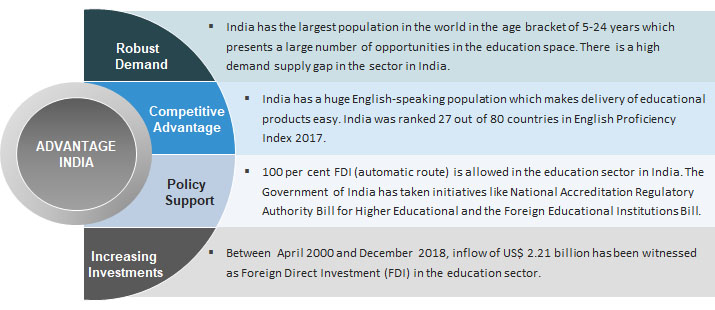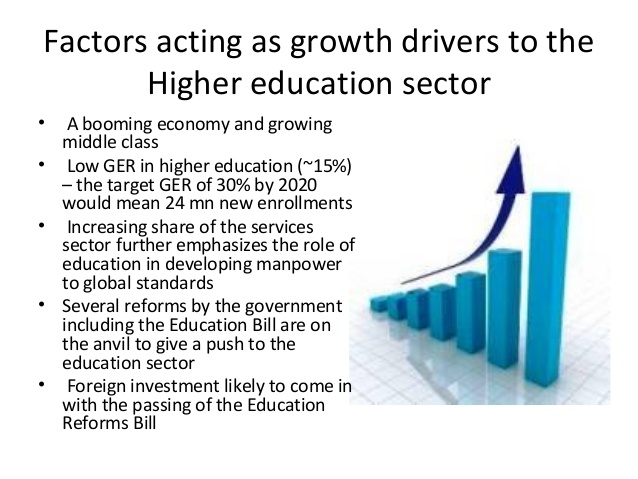Relevance: Mains: G.S paper II: governance: Education
Context:
- India celebrates the 10th anniversary of its Right to Education Act (RTE), which went into effect in April 2010.
• The RTE has been censured for its limited focus on governance and learning outcomes, its achievement in improving access to schooling is undeniable.
• It has also served as a rallying point for a wide range of stakeholders to intervene in the sector.
Lack of quality education:
- India’s learning outcomes remain stubbornly low.
• Quality concerns around education are seldom viewed as a political priority. But these concerns cannot be ignored for much longer, especially in light of India’s human capital crisis, reflected in unemployment statistics.
• The 2030 Skills Scorecard by the Global Business Coalition for Education reinforces these concerns — in 2030.
• India will have the highest number of secondary school graduates in South Asia, but nearly half of them will lack the skills to enter the job-market.
• India’s education sector must focus on both scale and substance, addressing the learning problem at a system-wide level, while also recalibrating the raison d’etre of the education system itself.
Strengthening administration:
- In the past, even the most sophisticated education policies and curriculum frameworks have failed to live up to their promise, owing to weak administration.
• Strengthening the pillars of governance in the education sector is of undeniable importance.
• Over the past few years, several States, including Haryana, Rajasthan, and Himachal Pradesh, have taken ownership to drive large-scale changes in how education is administered.
• In many of these States, the starting point has been the integration of schools.
• Historically, government schools have emerged organically without a coherent strategy, sometimes serving just a handful of students, causing a large, unwieldy school network.
• The state’s capacity to manage such a system, however, is limited with inadequate frontline administration, information gaps, and large vacancies among faculty.
• Optimising for the number of schools is complemented with interventions directed at infrastructure improvements, adequate staffing of teachers, school leaders, and frontline officials, and developing the capacity of these staff.
• Alongside is a strong focus on ‘remediation’ to enable all students to achieve grade-level competency.
• In terms of administration, programmes across States appear to share some common elements: management information systems to improve review and monitoring; communications across all levels of government, leveraging technology such as video conferences and WhatsApp; and project management protocols at the State, district, and block levels.
Various initiatives taken by different state governments:
- In Rajasthan, where the International Innovation Corps worked with the Department of Education alongside other players, the State focussed on developing approximately 10,000 “model” secondary schools — one in every gram panchayat — with quality infrastructure and prioritised staffing under the Adarsh programme.
• Headmasters of these schools were subsequently designated Panchayat Education Officers and trained to mentor other schools.
• Such efforts reduced teacher vacancies from 50 per cent to 19 per cent over four years, and created a cadre of frontline administration that regularly monitors schools.
• The State has defied national trends to witness a reverse migration of students from private to government schools, and both the National Achievement Survey and Board results point to improvements in secondary school outcomes.
• Other States have similarly seen positive results.
• For instance, in Haryana, an evaluation by Gray Matters India estimates that students in 94 of the 119 blocks are now “grade-level competent.”
• This has been attributed to the Saksham Haryana Programme.
• The programme has instituted new mechanisms for data collection and analysis, and a restructuring of planning, coordination, mentoring, and monitoring at the district- and block-levels.
• Building on such successes, the NITI Aayog and three States — Odisha, Madhya Pradesh, and Jharkhand — are in the process of scaling such efforts through the SATH-E programme.
• Additionally, 14 of the 30 indicators for the NITI Aayog’s new School Education Quality Index are concerned with governance processes, including availability of teachers, training, and accountability and transparency.
Revaluation of outcomes:
- This focus on building the capability of the state to better manage the education system is an important shift in the sector, and the aforementioned examples demonstrate how to go about it.
• But despite their successes, these should be viewed as starting points. These efforts remain focussed on the public school system.
• For more meaningful change, it is imperative to transition from seeing the government as just a provider to a regulator and facilitator.
• There has recently been an increasing sense of competition, with governments claiming how their schools are out-performing private schools.
• This may induce a positive pressure to perform, the reality is that apart from an elite few, the bulk of private schools are under-resourced and have little regulation of quality, safety, or outcomes.
Way ahead:
- Fixing administration is an important but belated response to the state capacity problems.
• A new policy must capitalise on this energised administrative apparatus to redefine the broader objectives of the education system.
• This will require a fundamental reengineering of assessments mechanisms, a mass behavioural change to facilitate a shift in focus from high-stakes examinations, and new partnerships between stakeholders — parents, students, teachers, frontline administrators, and NGOs.
Conclusion:
- An “outcomes-focus” is undoubtedly critical, but should be underpinned by an overarching human capital strategy.
• In a few years, a generation of students, who would otherwise not have access to an education, will have completed a full cycle of schooling thanks to the RTE.
• But over the next decade, the key priority that education policy must seek to address is to make sure that schooling isn’t just an end for students, but a ladder to opportunity.



